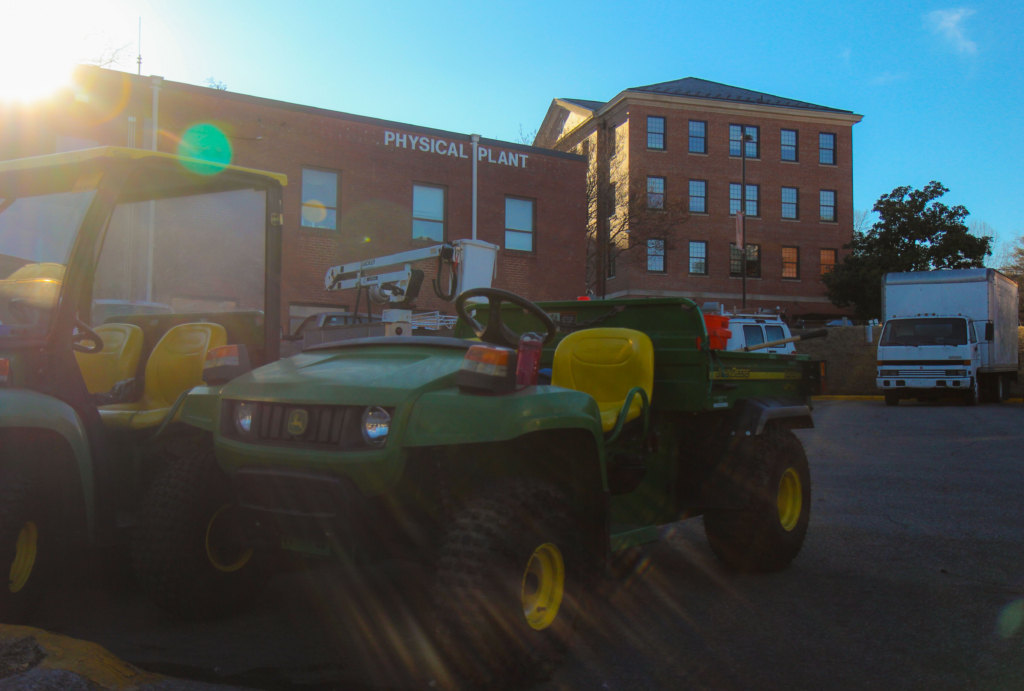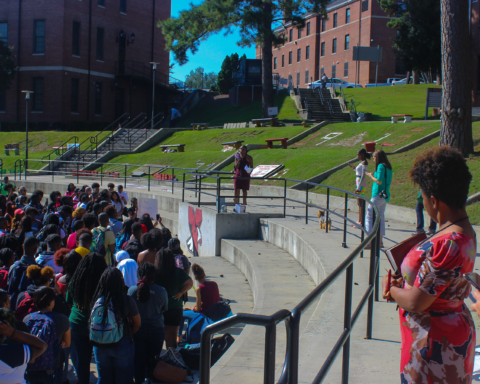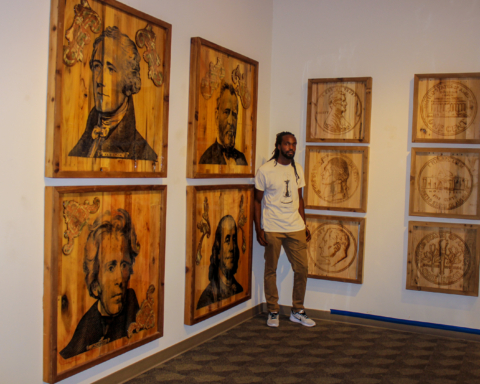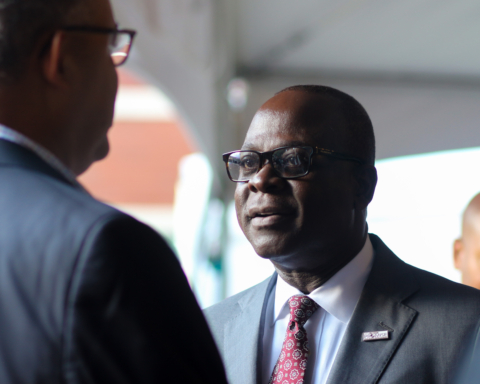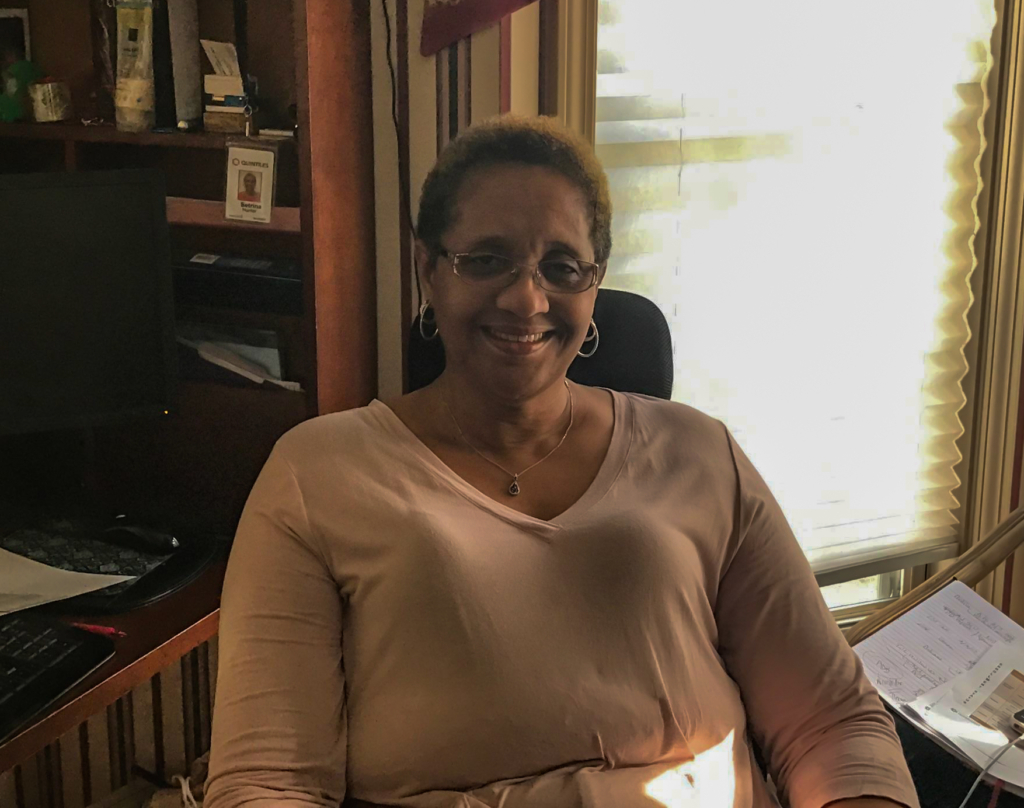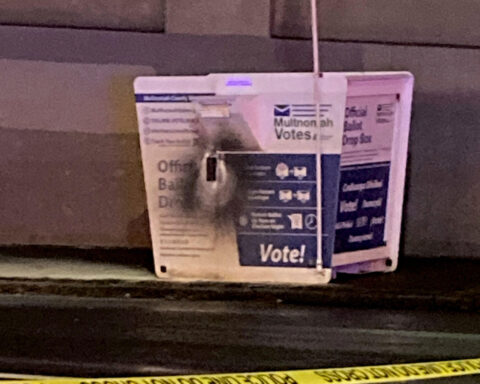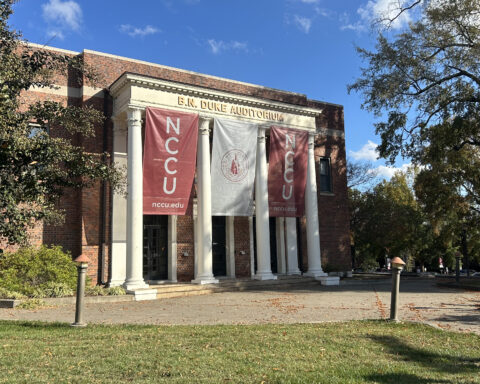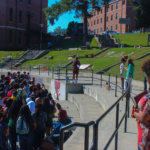The physical plant building on Eagle Campus Drive houses the mechanical units that make up the “heart and soul” of N.C. Central University, according to work order coordinator Tyrone Wilson.
The units, which Wilson also refers to as “nuts and bolts” of the university, maintain NCCU’s buildings and grounds. All campus works from electrical to plumbing to vehicle maintenance are coordinated by the plant.
One major responsibility, especially in the winter months, is the heating and cooling of buildings. This is the domain of boiler room supervisor Jerome Tiangson.
The boiler room faces O’Kelly-Riddick Stadium at the back of the plant with the front door is always locked and supervised.
Inside, it’s very loud — one has to shout to be heard. Sound comes from motors that run at the same time. Together they sound like a waterfall or a close repetitive drone.
It’s hot inside as well with sweat beading on the brow after only minutes inside the room. Further inside are the boilers: two side-by-side and one in a corner. The ones next to each other are smaller and newer.
“When (the new boilers) were being installed, it was an adventure,” Wilson says. “All work stopped and the staff lined up to watch. The boilers were so big that they could not fit through the door, so they tore the roof and dropped them into place.”
The boilers are typically heated by gas, but gasoline can be used in extreme weather. In summer months, the plant only runs one of the smaller ones but winter needs the large green boiler’s power as well. It’s stretched long and running as we speak.
“It’s fed by water from the mains,” Tiangson explains. “Before that, though, the water passes through a filter and then pumped to a tank. In the tank, chemicals are added to remove oxygen.
From the tank, the water is pumped into the boiler. It’s heated until it disappears.”
The subsequent steam is directed to stainless steel outlets with marked destinations. From the boiler room are a series of tunnels that head to building basements around campus before being piped throughout the building.
“In the winter, hot air is blown as it is through the ducts to heat rooms,” Tiangson says. “In the summer, the heat exchanger condensates the steam. It’s then piped up to the air handling unit where a fan directs it to a chiller. Finally, it’s blown to the rooms as cold air.”
And thus the boilers both heat and cool.
Next time you walk from a blazing summer heat to a nice cool room (or a freezing wintry morning to a nice warm room) and turn your lights on, thank the team at NCCU’s physical plant. They sweat it out so you don’t have to.

